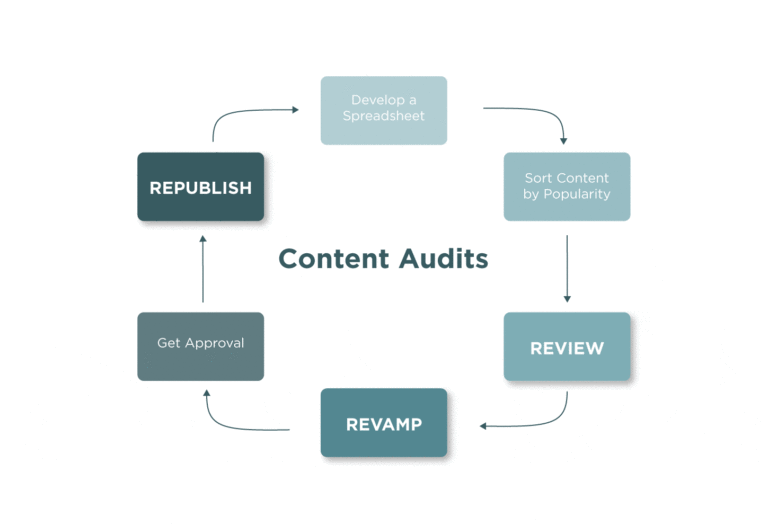Review, Revamp, Republish: Bring outdated content back to life
BY IT GLUE | July 21, 2016
Do you have a lot of written content like procedures and checklists buried in the depths of your hard drive? Maintaining them can be a hassle, but it is important that you take the time if you want to make sure they keep delivering great value to your business! Here are some tips that will help you stay on top of your content:
Content Audit is…
“The process and result of conducting a quantitative study of a content inventory” – The Content Wrangler, 2014
Break it down
Your first instinct might be to dig into one article after another until you’ve reviewed, edited, and published changes to every document. When you have large amounts of content, we find that what works better is to break the work into these stages:
- Review
- Revamp
- Republish
The process is the key!
We have deeply implemented the process of reviewing documents at IT Glue. As part of our culture this strategy has helped us to provide consistency and reliable documentation. Every time we release a new feature, we start this cycle:

This method can be applied to all areas of your business to increase your ROI for content. Social Media and website content needs just as much attention as your knowledge base content. What you create is never finished, it is just as vital and variable as the business itself. Keep that in mind and make this 6 steps cycle a habit among your team.
Use the OUCH method, don’t worry it won’t hurt!
Whether you decide to create a comprehensive list of all your content, or just start with a sample selection, a content audit is a crucial first step in fixing content. All you require is patience and attention to detail. Recently, we did this with some of our knowledge base content. To make sure we were as efficient as possible, we borrowed a technique from website development, called the OUCH method:
- Outdated
- Unnecessary
- Current
- Have to Write/Work in progress
When a digital strategist approaches a lot of content that needs to be reviewed and updated, they’ll often start with a content audit. This involves listing out the website’s content (usually in a big spreadsheet) and then assigning a letter to track the value and status of content using the OUCH method.
Here at IT Glue™ identifying content based on OUCH helped us find problems related to the value and effectiveness of content, as well as determine how up to date the information was.
The OUCH method at IT Glue
We selected two analytical and detail oriented people for the task. They spent about an hour a week reviewing and assigning OUCH statuses to content, using a spreadsheet to keep track of their thoughts. The spreadsheet had only a handful of columns to capture the name of the content, the OUCH status, and some notes.

After they were done, the OUCH results were shared with the rest of the team and then a realistic schedule for the revisions agreed on. We decided to apply the 80/20 rule and address the most frequently used content (20%) first, and do the other 80% over a longer period of time.
We suggest having a regular review cycle in place for your content so that you are reviewing it all over a time period that feels right for your business. This may be each quarter in a fast moving business like a SaaS or a year in an MSP. Try to create a standardized process, you will be surprised to see how easy it is to improve your ROI for your content strategy!
For more on the importance of doing content analysis, read also:
Dealing With Redundant, Out-Of-Date And Trivial (ROT) Content. (Note that the ROT acronym is similar to OUCH. The focus of ROT is more on pruning than fixing content.)
